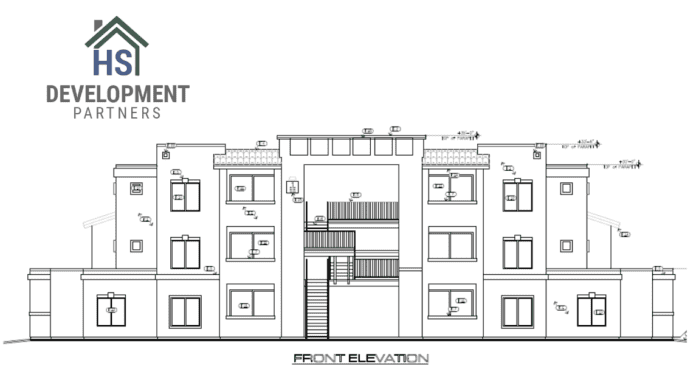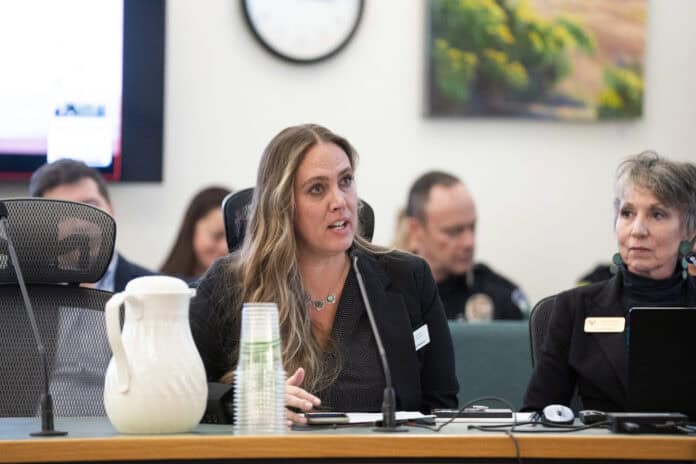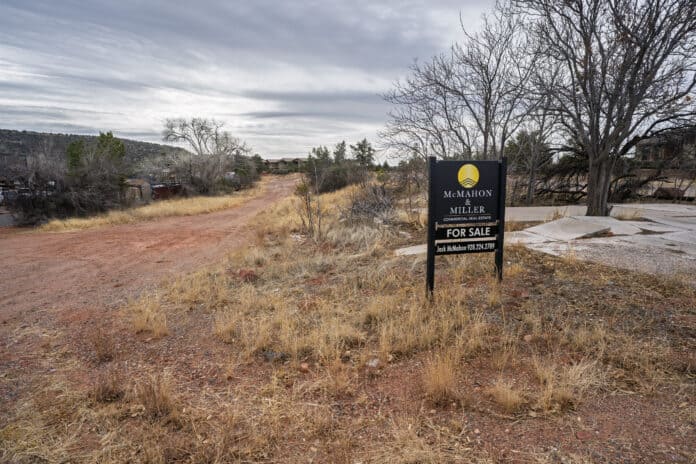City supports staff bid for federal housing grant – Sedona Red Rock News

The Sedona City Council voted on March 11 to support a Low-Income Housing Tax Credit application by HS Development Partners, of Ohio, for funding for a proposed three-story, 36-unit apartment complex that could be built on a parcel the city recently purchased at 2411 W. State Route 89A, along with approving future negotiation by city staff of a lease option agreement for the land if the LIHTC application is successful.
Housing Manager Jeanne Blum said that the site’s proximity to supermarkets, parks and trails would make the application more competitive and noted that the deadline for submission for 9% LIHTC financing is Tuesday, April 1.
“Because of the shortened timeframe and the need to get the application in to ADOH really soon here on April 1, we didn’t feel there was going to be enough time to completely negotiate a land lease agreement right now,” City Attorney Kurt Christianson said. “The only thing council’s approving tonight is this option agreement contingent upon those two things happening: First, they get a 9% award, and second, council and the developer’s able to come to an agreement on the final land lease.”
The city received three proposals for the site in response to its Jan. 2 request for proposals. While HS Development Partners received the highest total score from city staff, Spire Development scored higher in the LIHTC experience and financing feasibility categories.
City Council did not vote to purchase the property until Jan. 28.
The proposed name for the development is “The Flats on Blue Heron,” and the buildings are intended to include equal numbers of one-, two- and three-bedroom apartments, priced at or below 60% of median household income.
“The actual architectural design and the aesthetics of the plan is expected to change,” Blum said.
Developer Matt Shoemacher added that under the LIHTC rules, they can adjust the numbers of differently-sized units as long as the total number of units does not change.
Proposed rents will not be based on the amount of space rented but rather on the income of each individual renter, and are planned to vary between $547 and $933 for a one bedroom unit, $747 and $1,120 for a two-bedroom unit and $863 and $1,295 for a three-bedroom unit.
Blum said that the estimated cost of the project is $19 million, or $527,778 per unit, compared to an estimated $466,666 per unit for HS Development Partners’ 30-unit Villas on Shelby project, which has not yet begun construction. HS Development Partners has already requested a $100,000 “soft loan” from the city on the grounds that it will improve the application’s chances for approval.
“It’s all about getting the points for the application,” Blum said.
“Where are we with the Shelby project?” Mayor Scott Jablow asked. “Tell me why we should move forward with your company … you don’t have a shovel in the ground with the project you have now.”
“We are very close to closing,” Shoemacher said. “All our financing is done. We are working on the final documents with the city of Sedona now. Our plans are being resubmitted back to the city tomorrow morning on some minor modifications, so those are basically the few main items we have left. We expect a ground-breaking, closing, the beginning of April.”
“I’m a little concerned now to give another contract to the same company, quite honestly,” Jablow said.
Shoemacher had previously stated in January 2024 that he expected to begin construction of the Villas at Shelby project in “mid-spring, and then it should be about a 14 month construction process, maybe sooner.”
Sedona Chamber of Commerce President and CEO David Key and Sedona Lodging Council President Cheryl Barron spoke in support during the public comment period, with Barron telling the council about one of her housekeepers, a single parent, who was required by the state to rent a two-bedroom apartment she could not afford in order to retain custody of her son.
“This is why we bought this property,” Councilman Derek Pfaff said. “I’m actually really happy to see we have something on the table this quick.”
“No other decisions have been made on this project except perhaps the number of units,” Councilman Pete Furman said. “With that understanding, I am supporting the project.”
“I think this is a really perfect location for a project of this type,” Councilwoman Kathy Kinsella said.
The council voted unanimously to support the application.
The Arizona Department of Housing will announce successful LIHTC awardees in the state on Monday, June 2.



